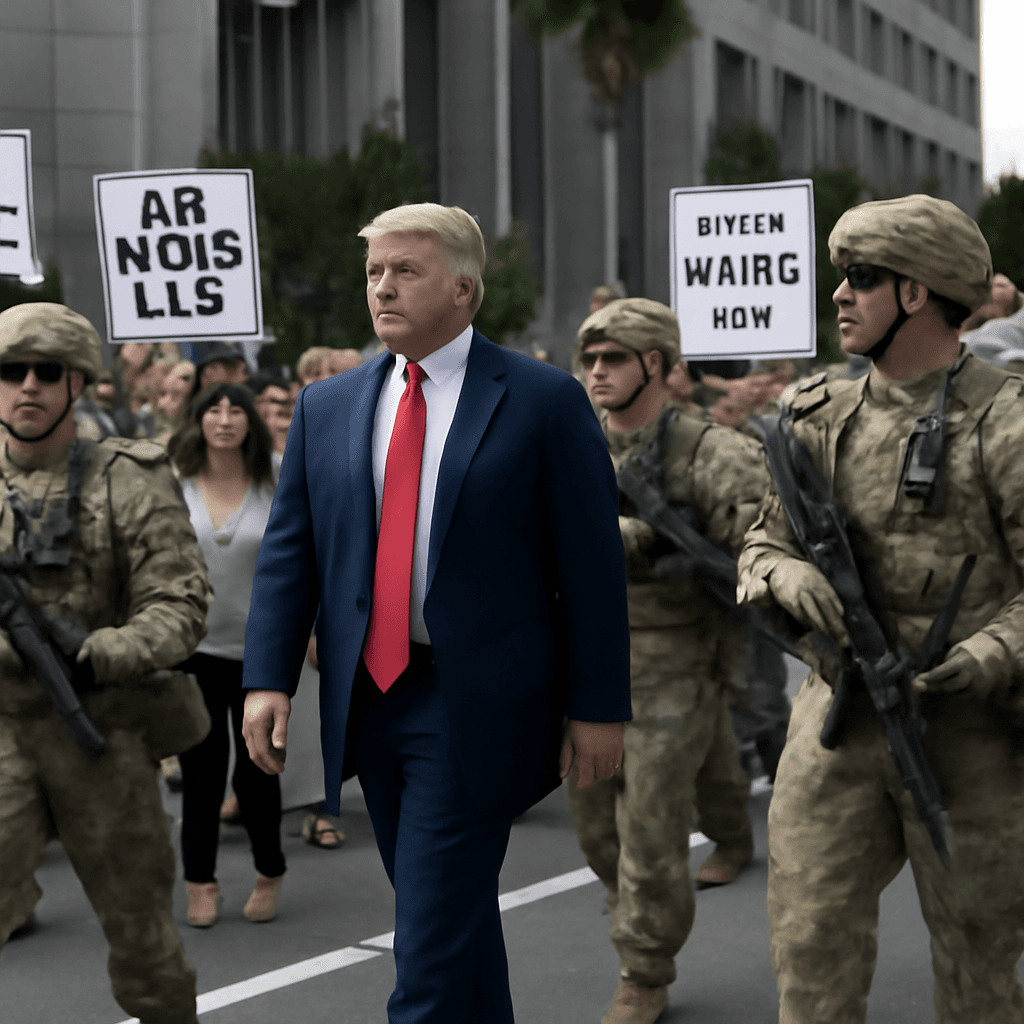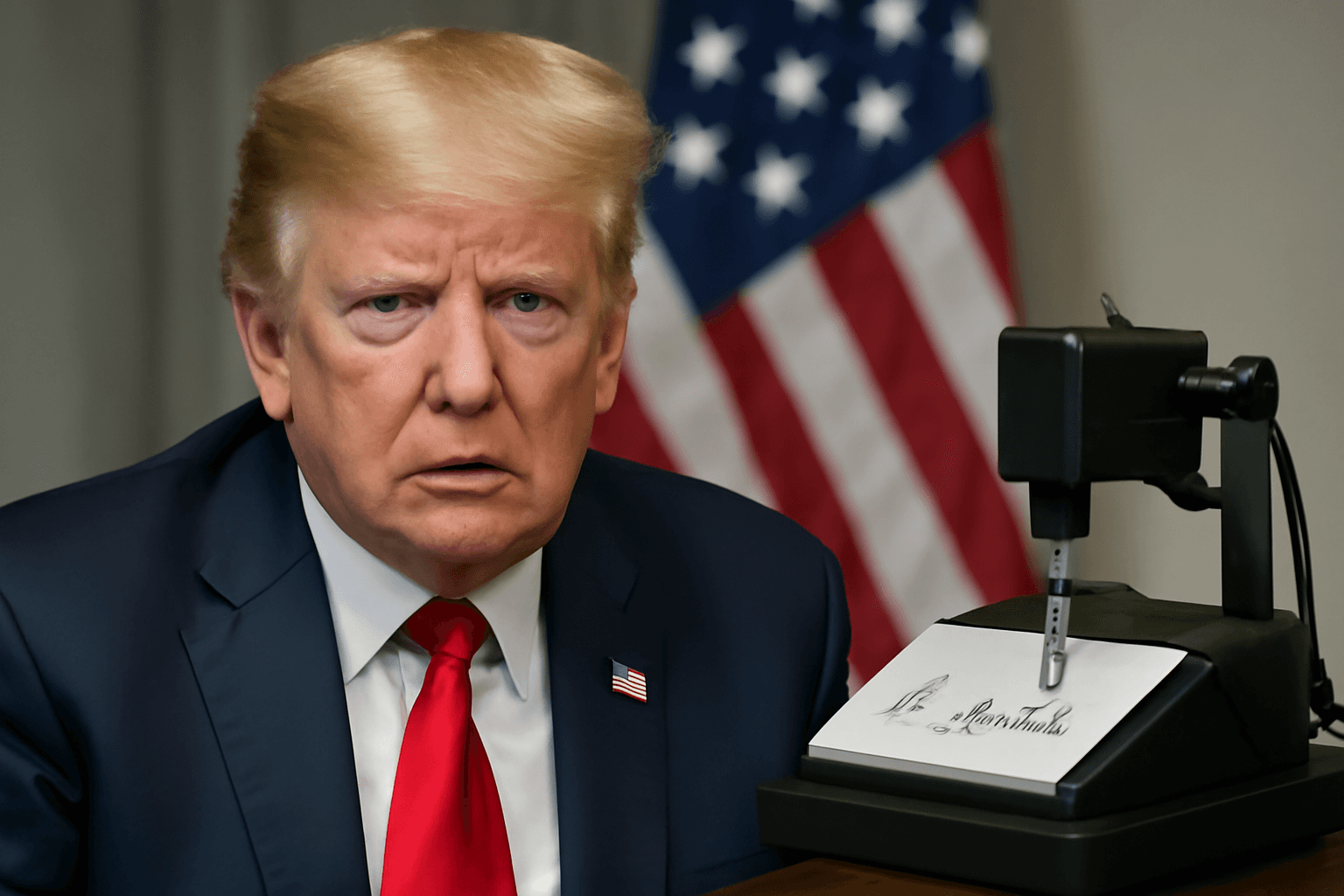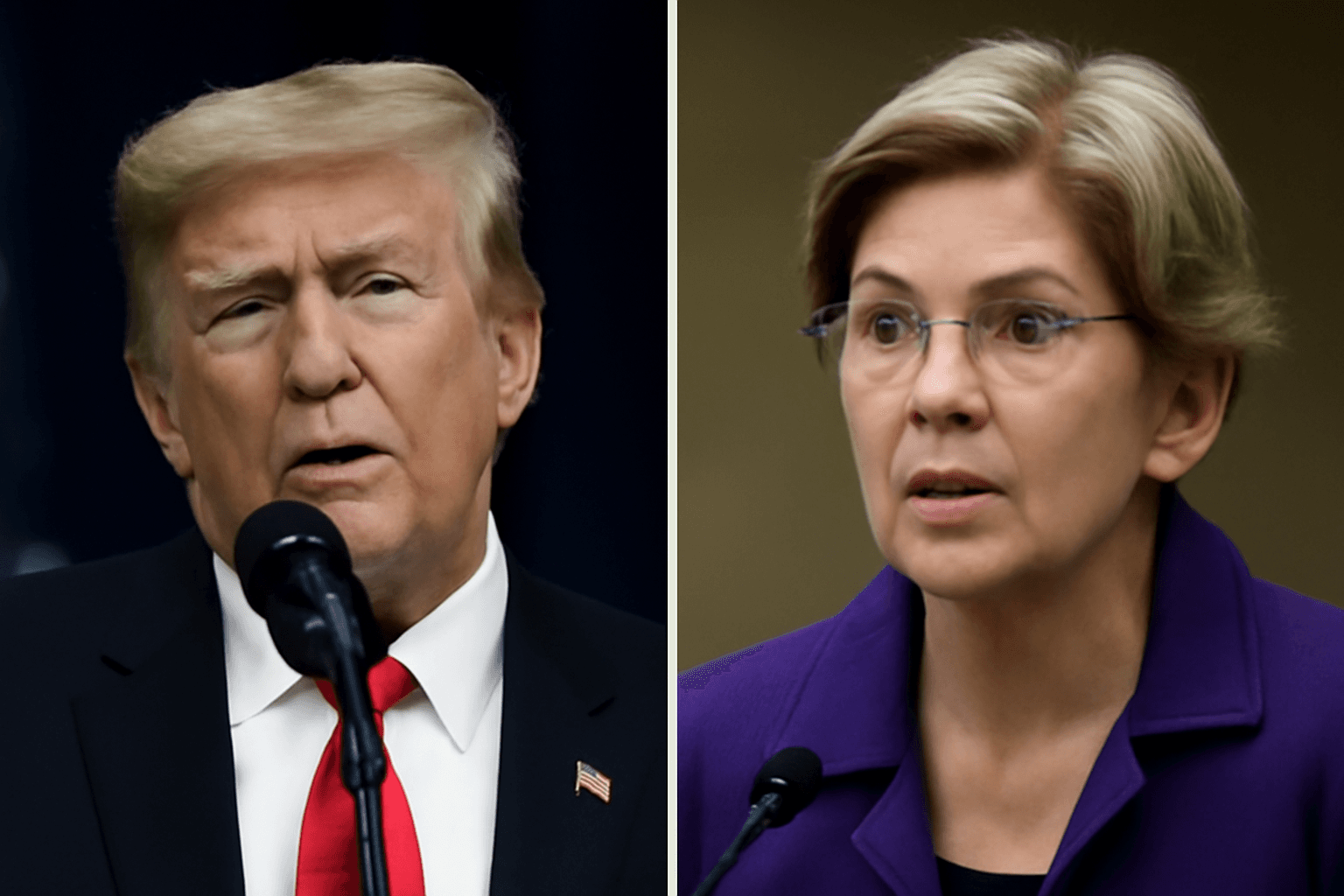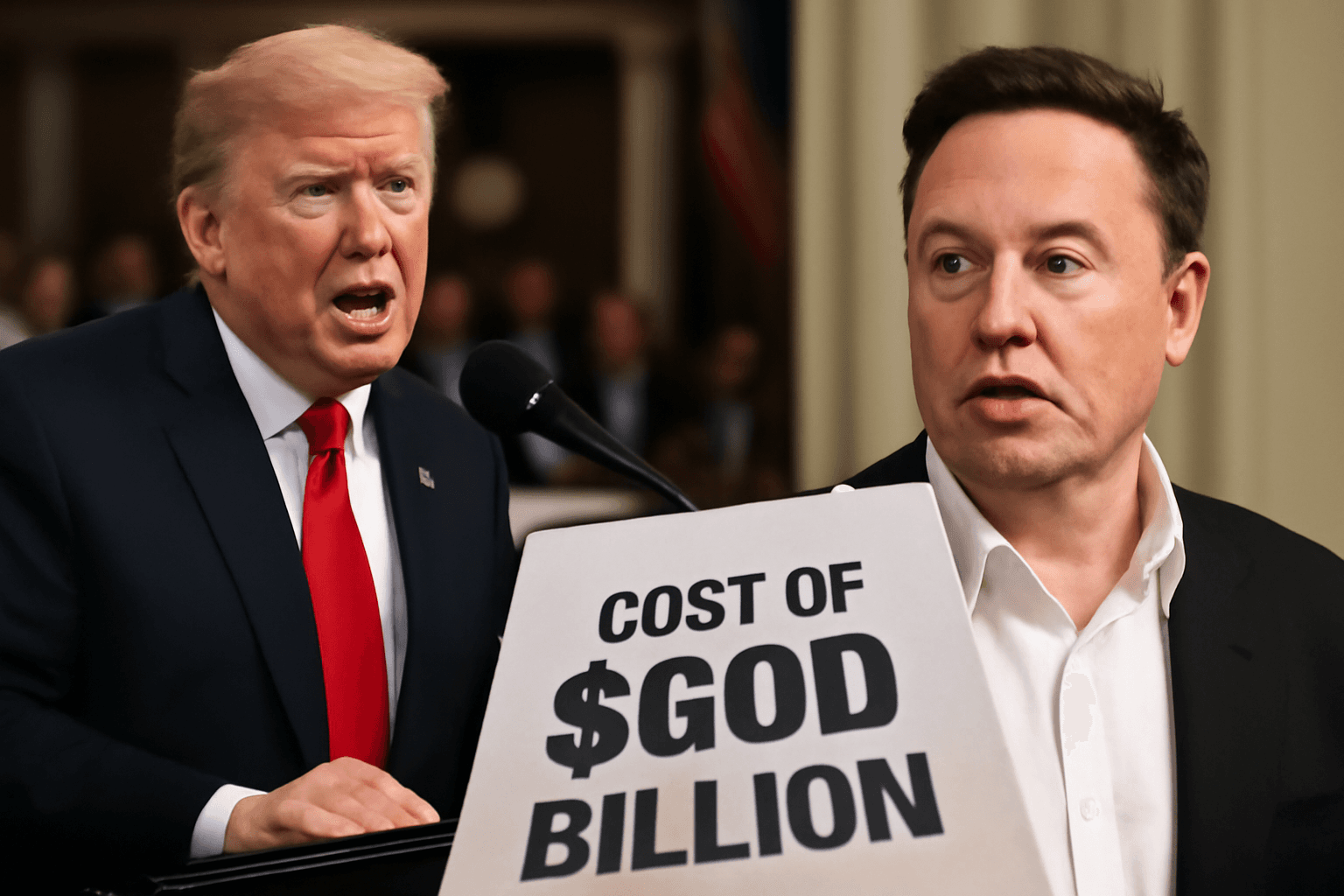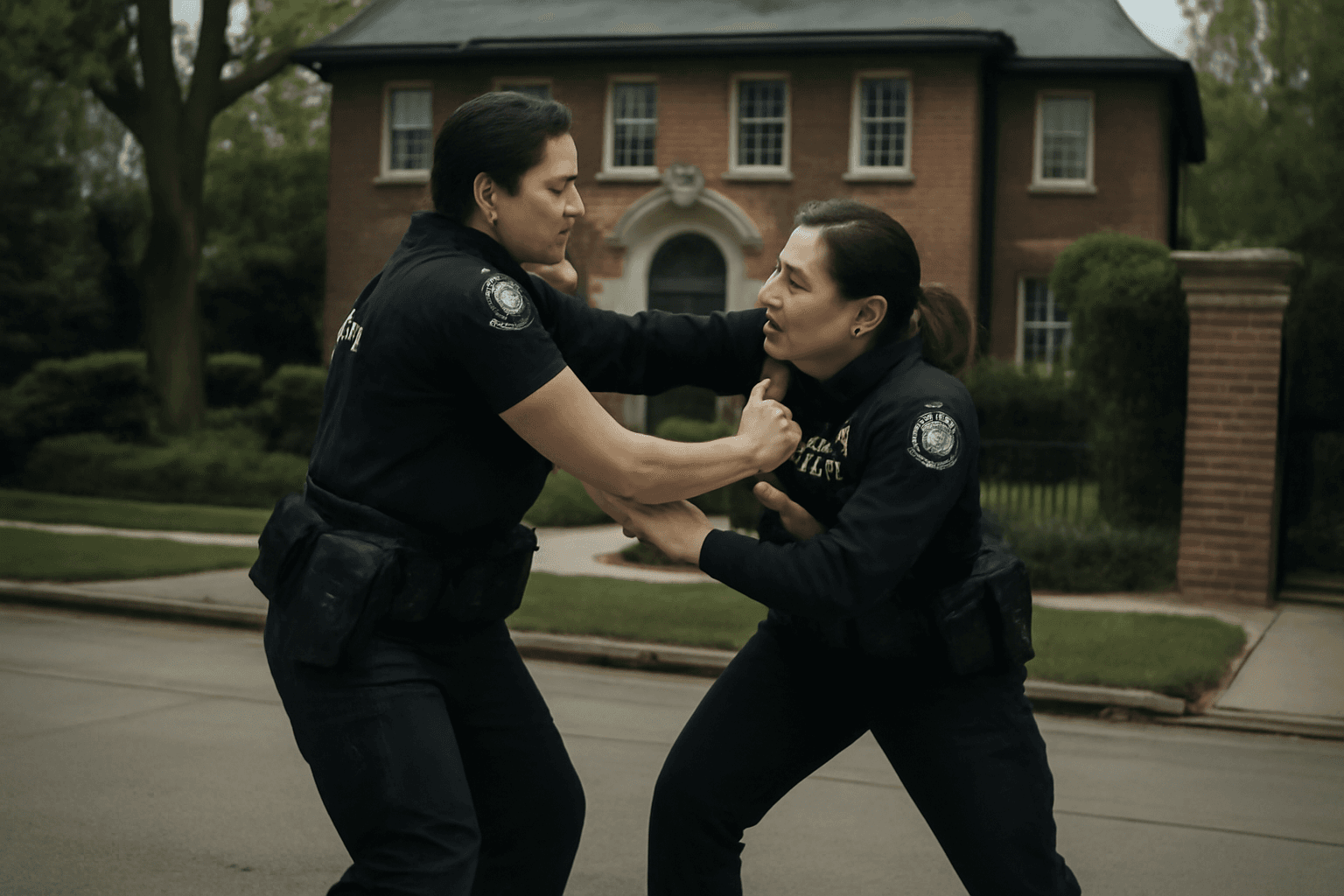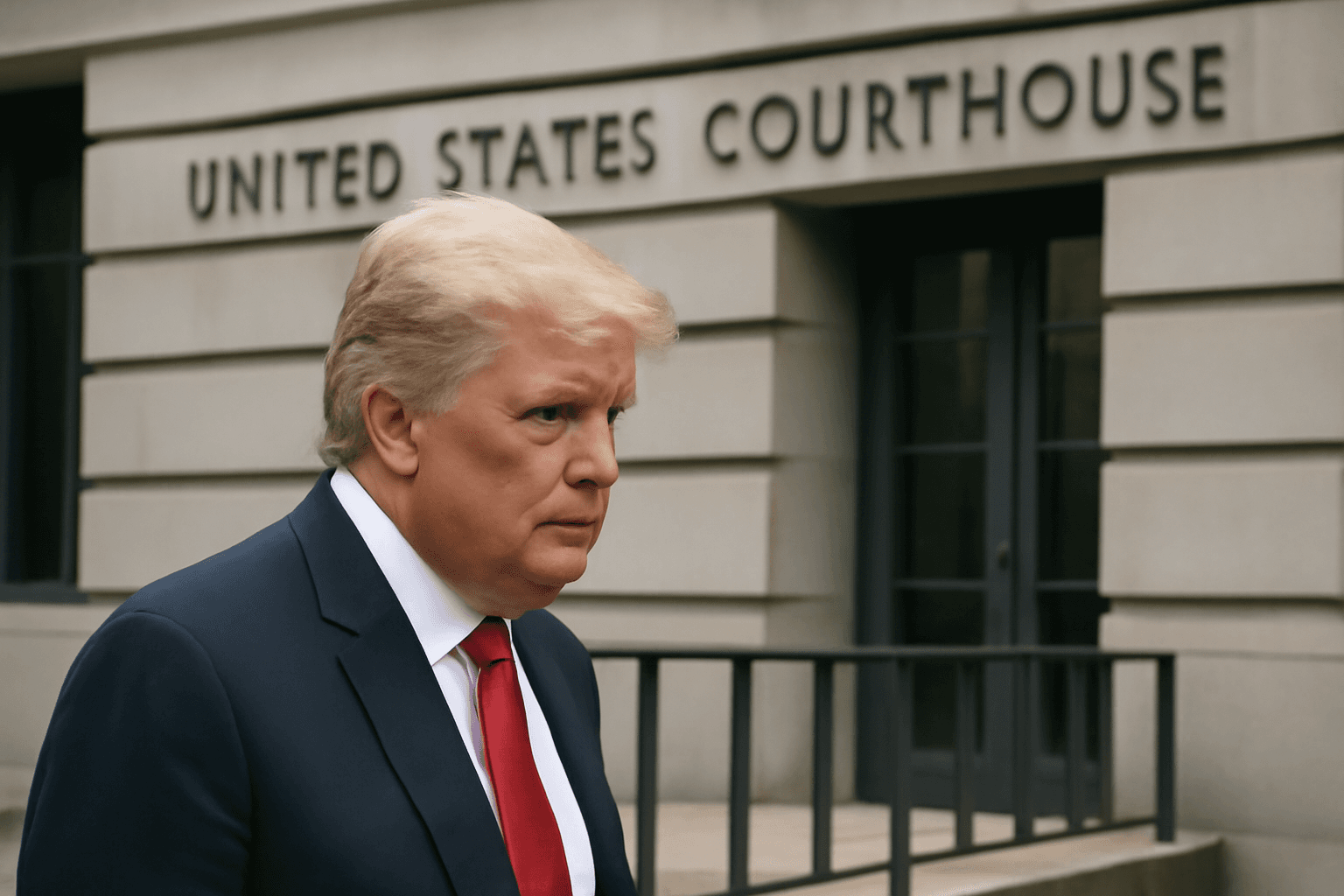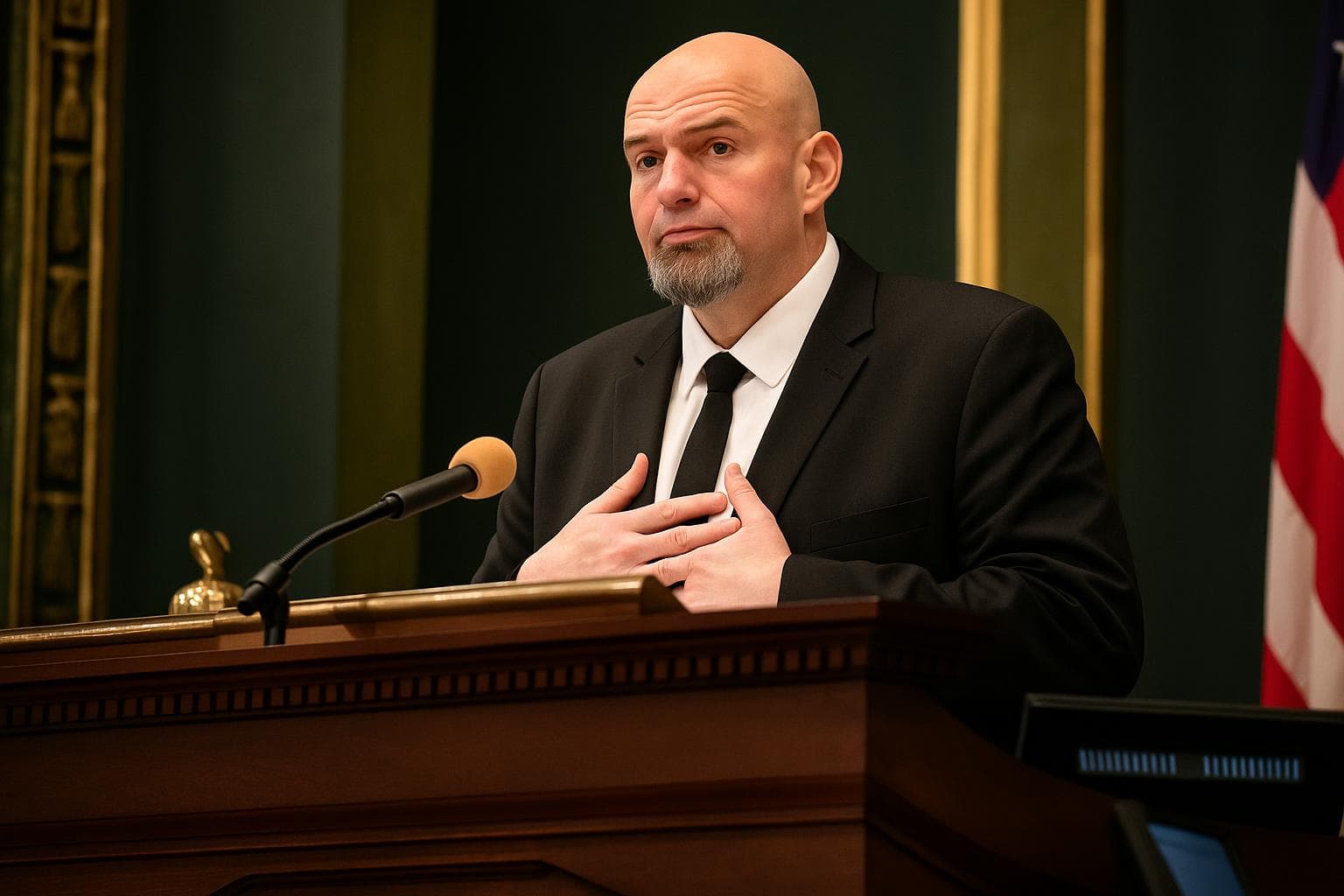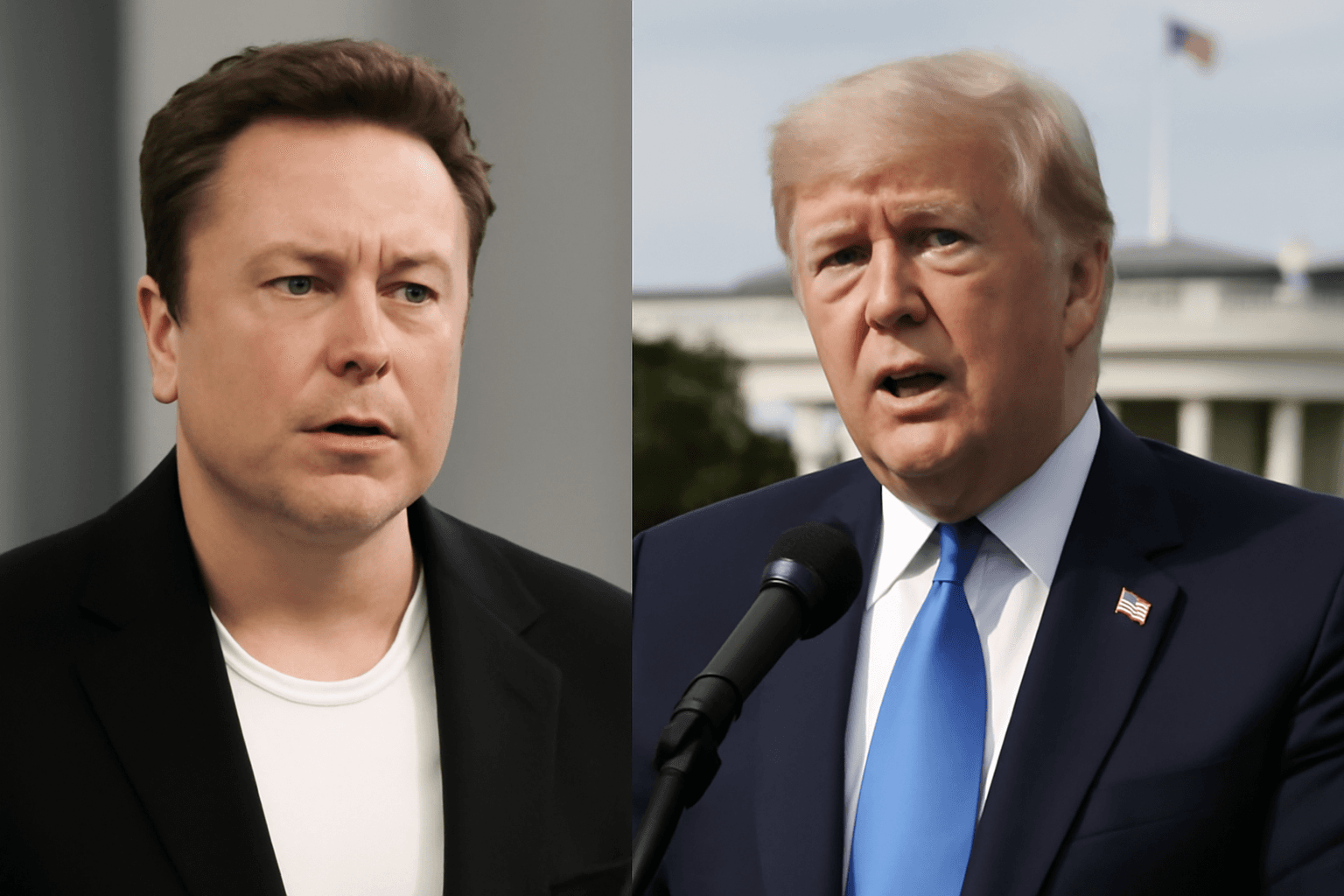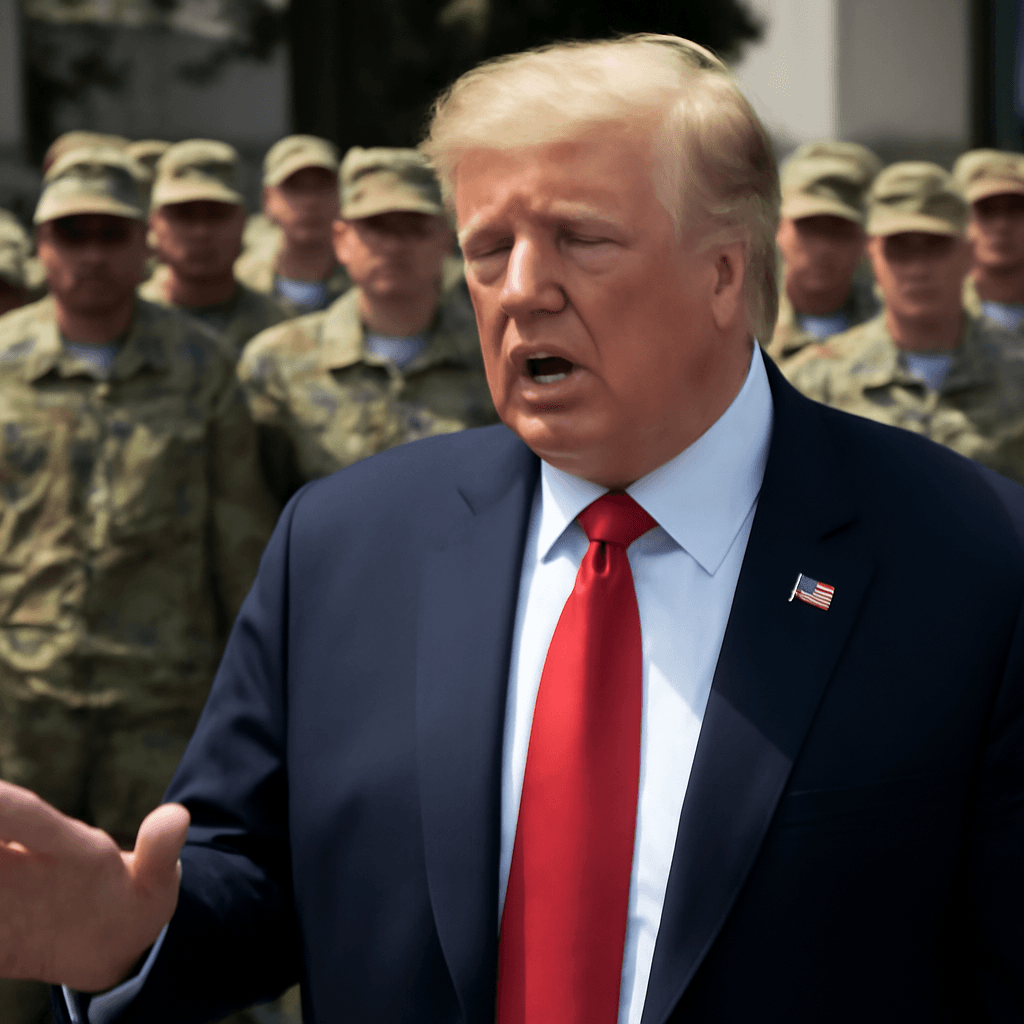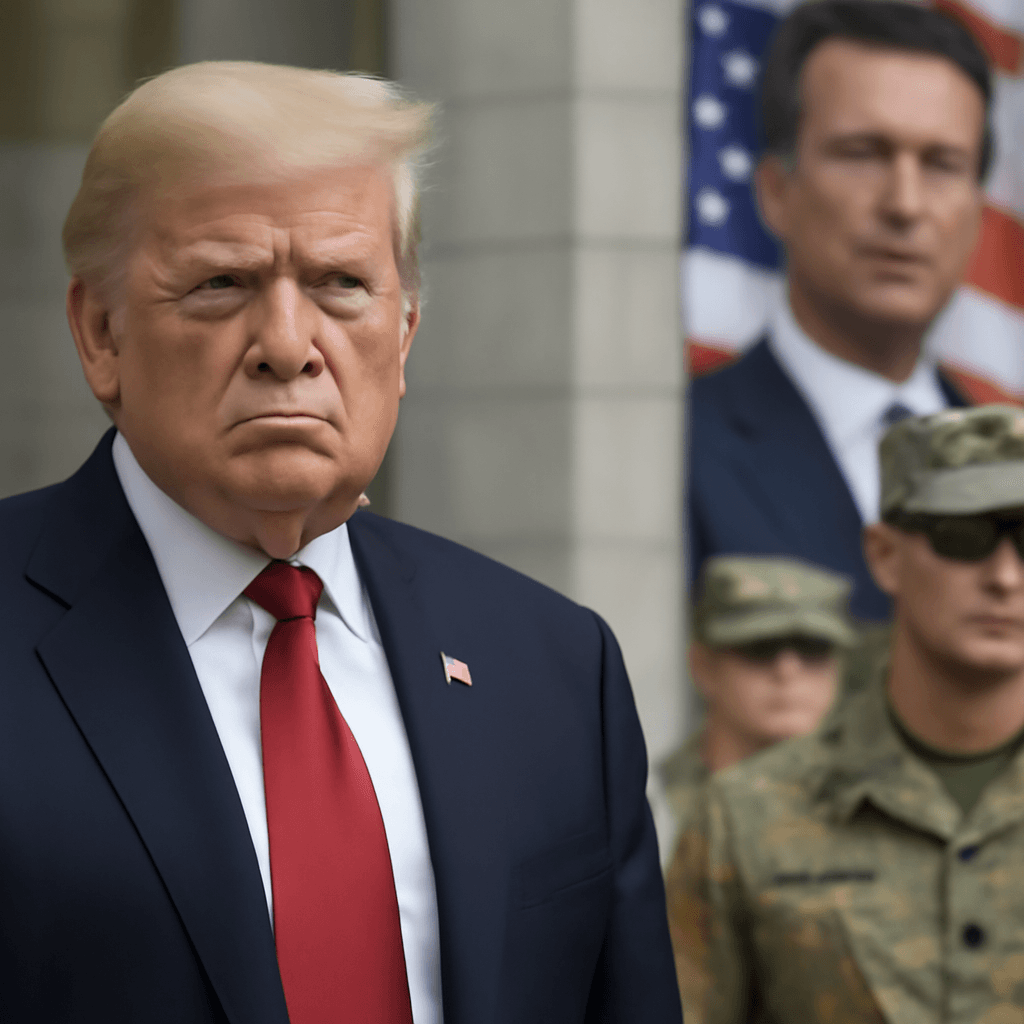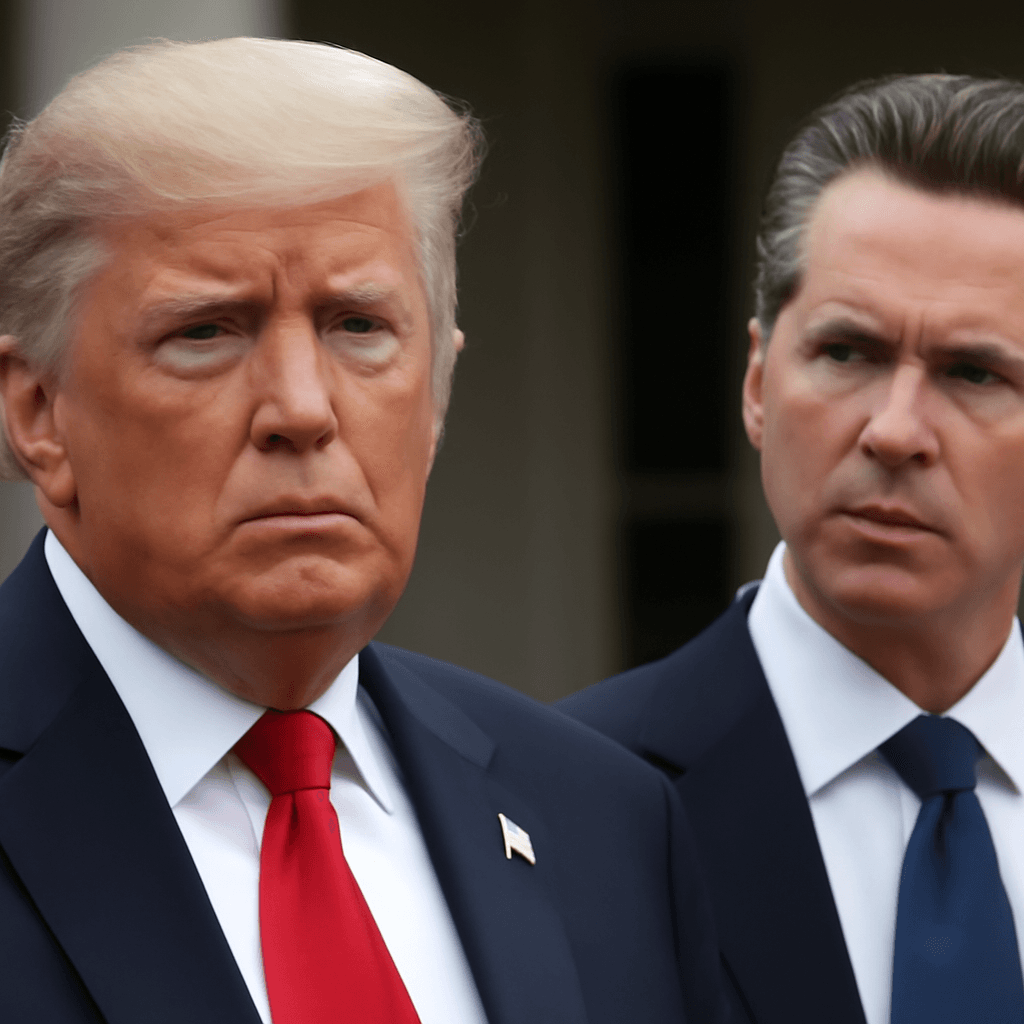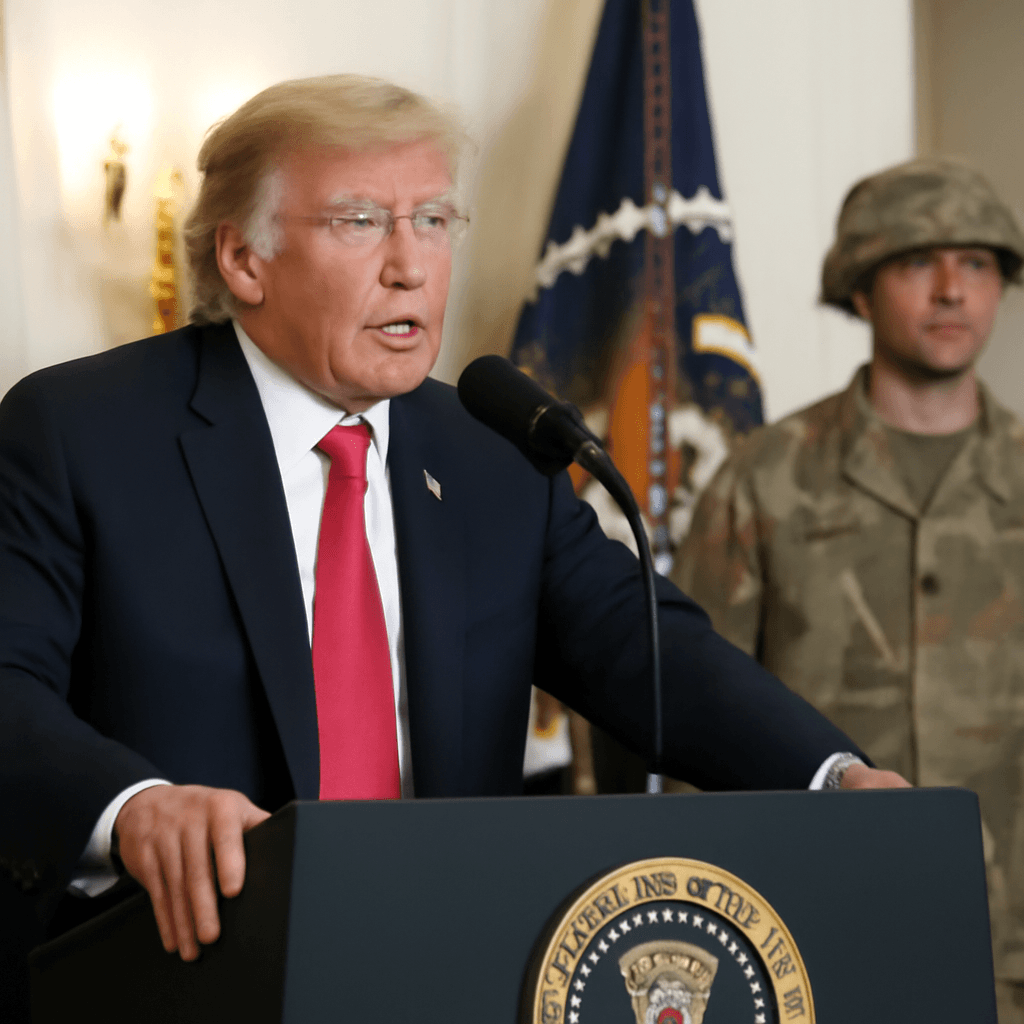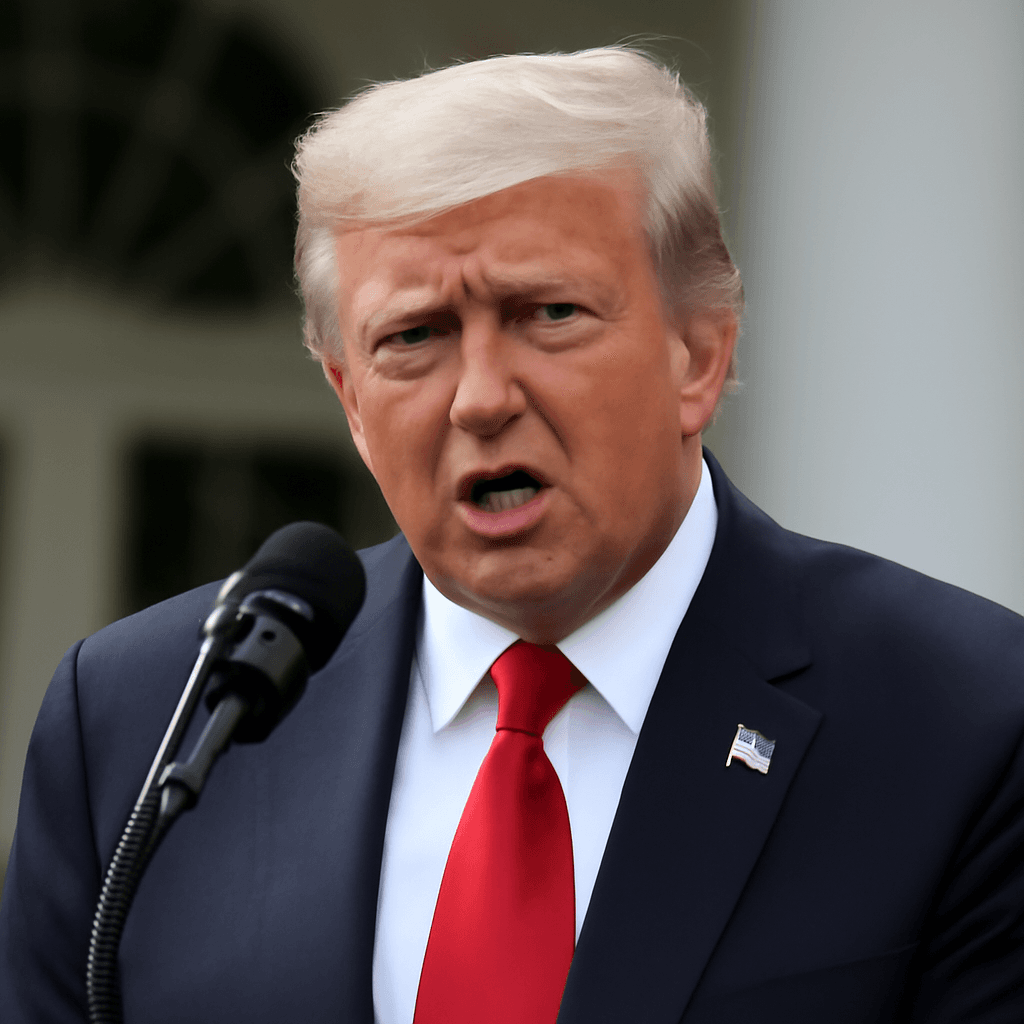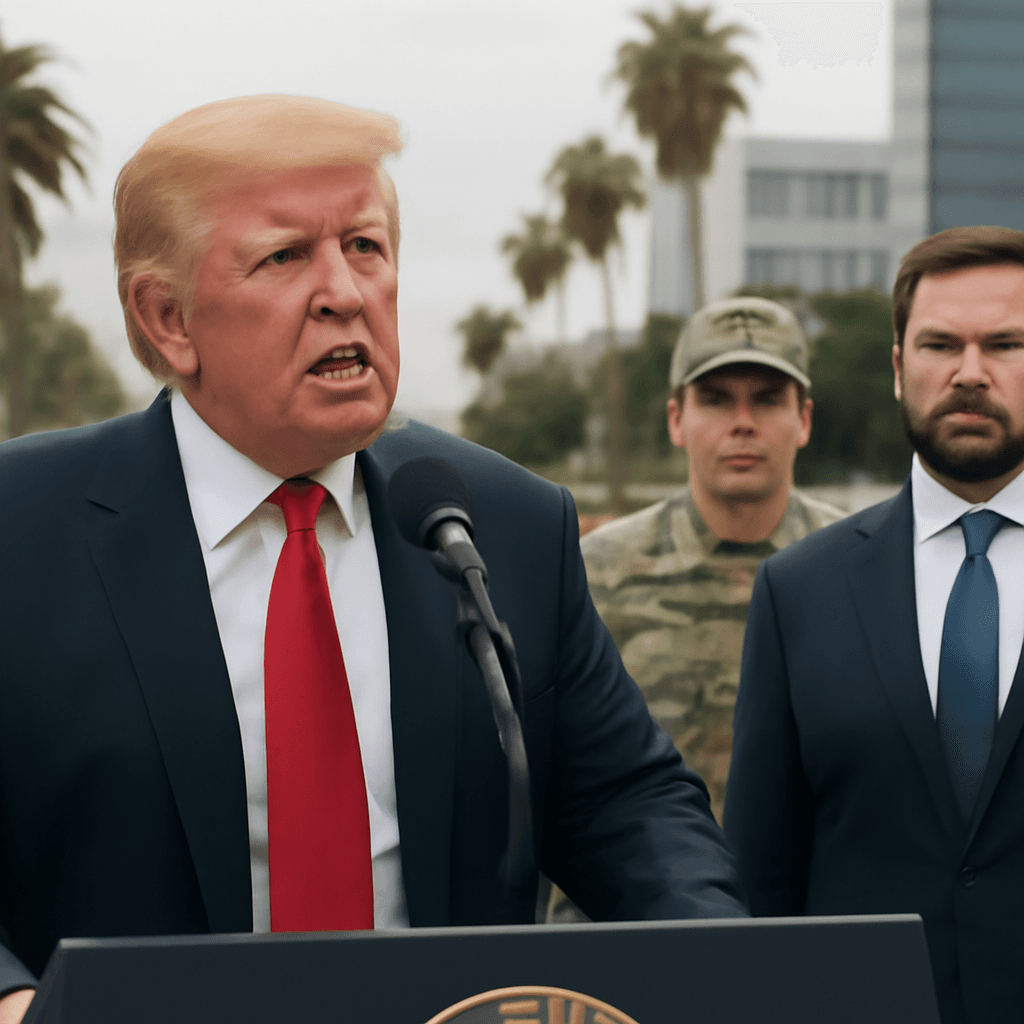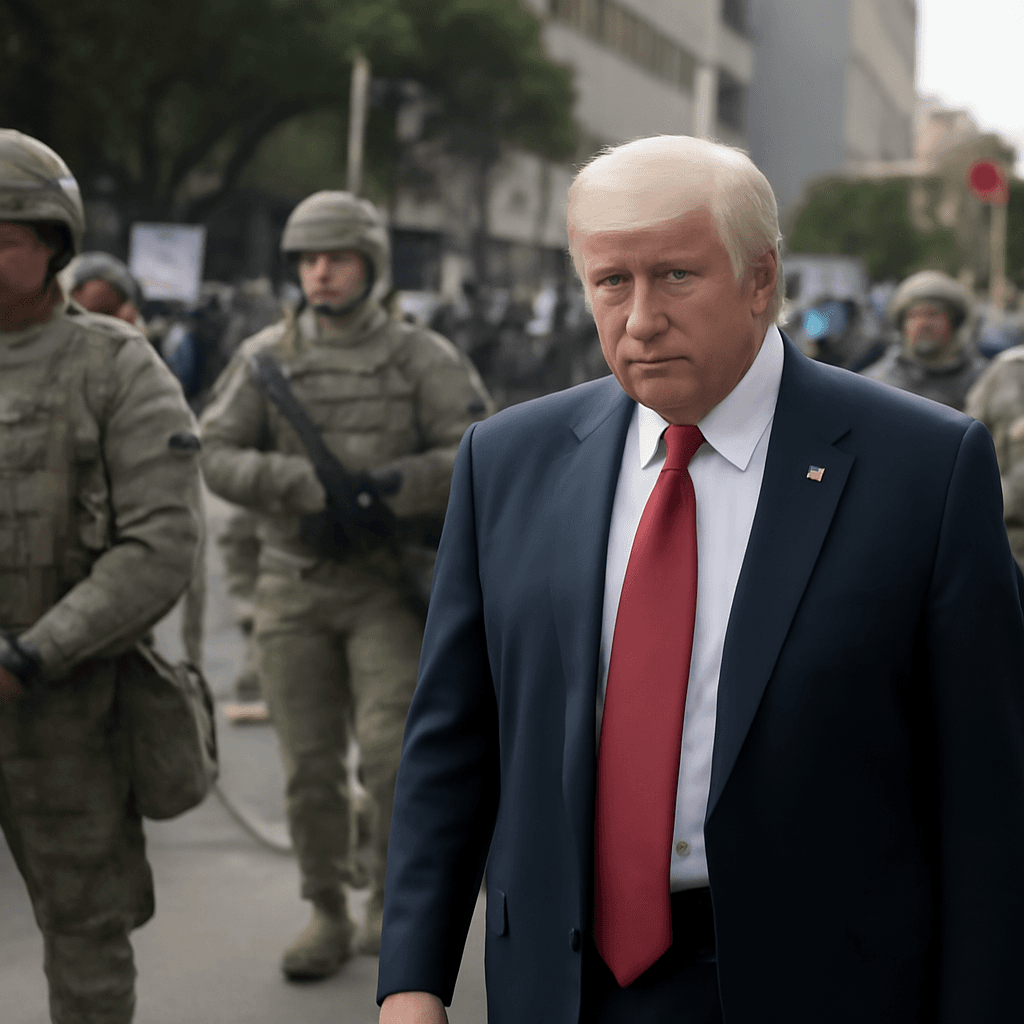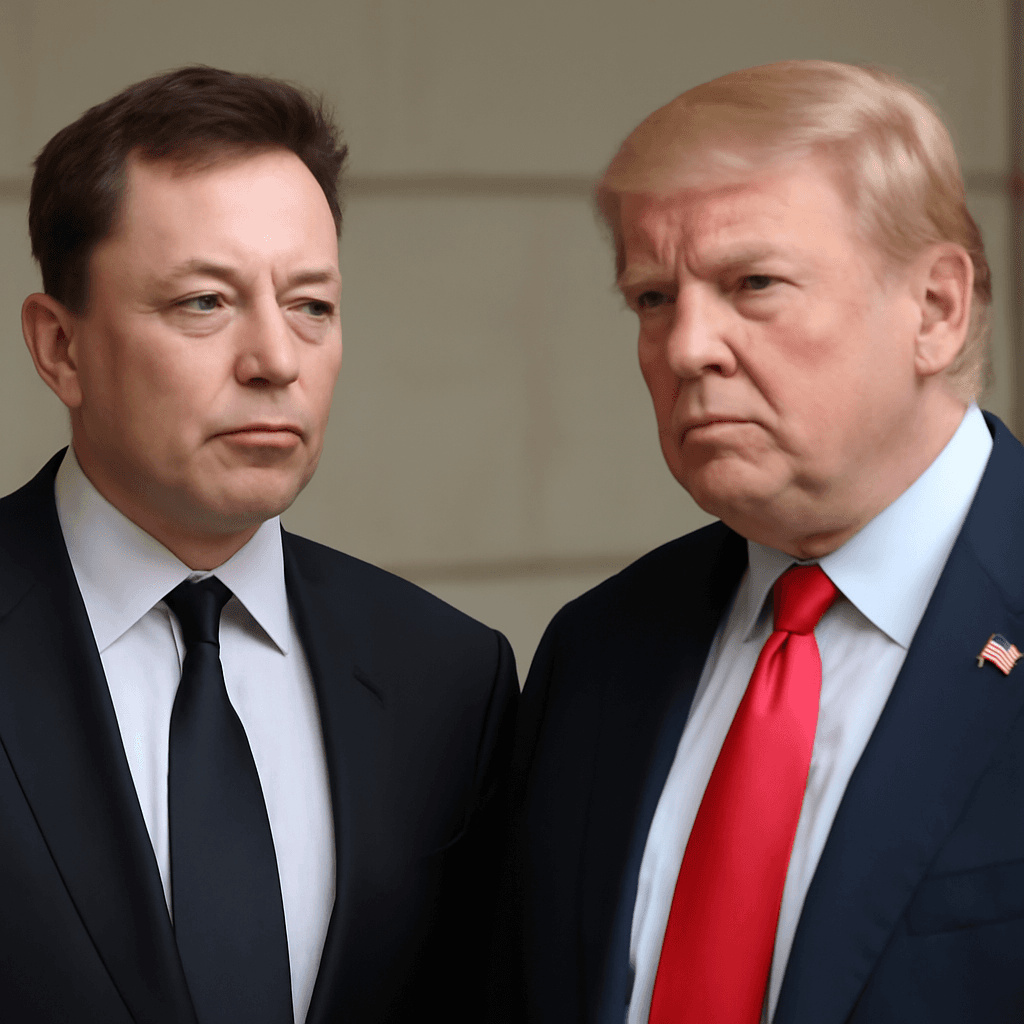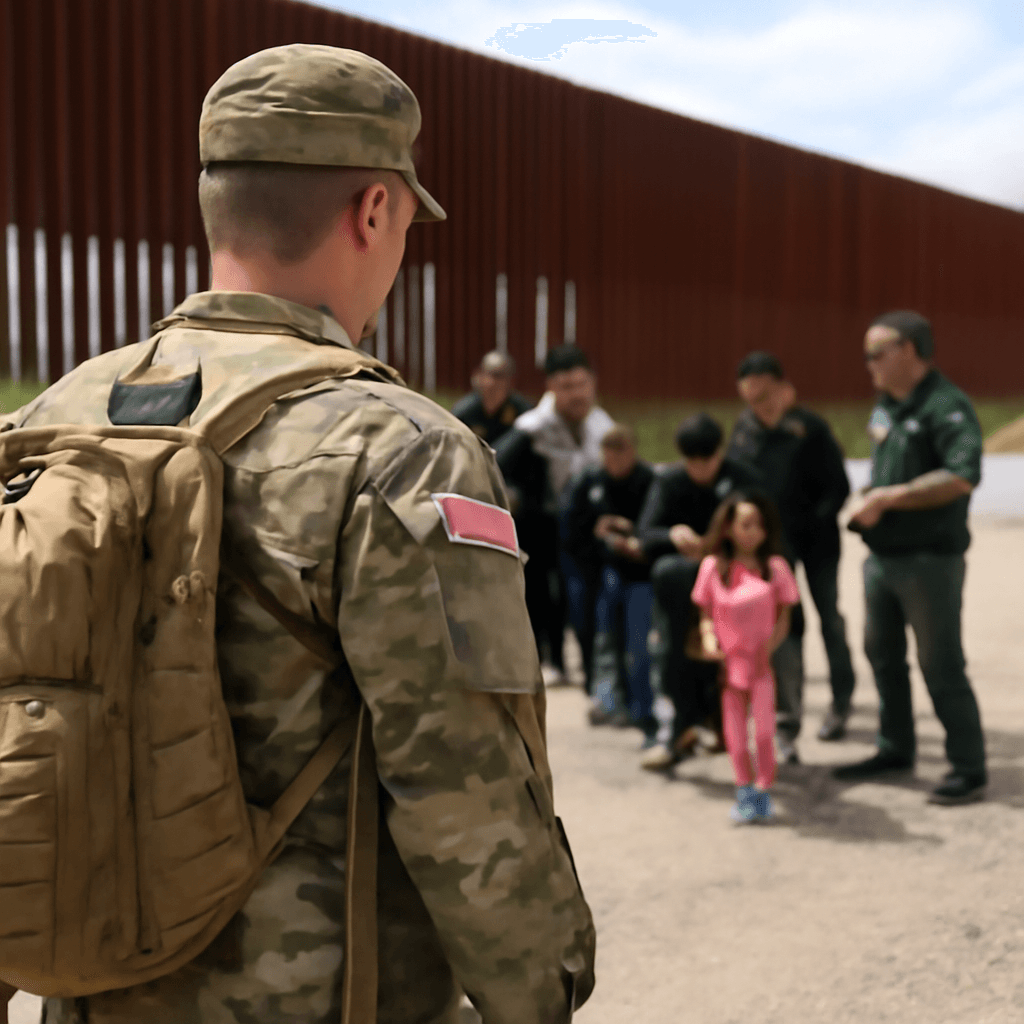National Guard Deployed in Los Angeles Amid Immigration Protests
In an unprecedented move, President Donald Trump ordered the deployment of 2,000 California National Guard troops to Los Angeles to manage escalating protests sparked by federal immigration raids. This marks the first such federal takeover of a state National Guard since 1965.
Governor Newsom Condemns Deployment as 'Inflammatory'
Governor Gavin Newsom sharply criticized the President's unilateral action, labeling it as “purposefully inflammatory” and an abuse of military authority that risks deepening tensions in the community. Without a request from the Governor’s office, the federal government activated the troops, sparking political backlash.
Newsom urged calm and peaceful protest, cautioning residents against engaging in violence amid the heightened military presence.
Scenes from the Ground: Protests Intensify
Federal agents had recently conducted sweeping immigration raids across predominantly Latino neighborhoods, resulting in over 100 arrests and igniting protests in areas like Compton and Downtown Los Angeles. The demonstrations quickly turned confrontational, with federal officers employing tear gas and stun grenades to disperse crowds.
Protesters displayed powerful imagery, including Mexican flags and graffiti denouncing immigration enforcement agencies amid burnt vehicles — all underscoring the community's outrage.
Political Reactions and Legal Debates
Federal officials defended the National Guard’s presence as necessary for crowd control. Homeland Security Secretary Kristi Noem emphasized the troops’ training for such unrest, while Defense Secretary Pete Hegseth raised the prospect of deploying Marines from Camp Pendleton if violence increased.
Trump justified the deployment under federal law permitting military intervention during what he described as a "rebellion" hindering law enforcement.
However, critics see this as an alarming overreach. Legal experts and California lawmakers voiced concern about bypassing the Governor and militarizing public protests, calling it chilling and a misuse of power.
Echoing this sentiment, California Congresswoman Nanette Barragan condemned the targeting of peaceful demonstrators, asserting the administration’s ambition to silence dissent.
Support from Republican Leaders and Comparisons to Past Actions
Republican leadership largely backed Trump’s approach. House Speaker Mike Johnson dismissed Governor Newsom’s response as inadequate and defended the readiness to escalate military presence.
The deployment draws parallels to aggressive federal responses during prior protests, notably military helicopter use to break up demonstrations in Washington, DC, in 2020.
Continued Protests and Growing Public Division
Protests persisted late into Sunday night near federal buildings and detention centers, with authorities declaring unlawful assemblies and making arrests. Security measures tightened, including the installation of barbed wire to control crowds.
Voices from the protests highlighted the humanity at stake, with one young demonstrator declaring the detainees as people deserving fairness and compassion.
On social media, Senator Bernie Sanders criticized the administration's tactics as a calculated provocation to justify militarized enforcement.
Despite the controversy, a recent poll indicated a narrow majority of Americans still support the administration’s immigration crackdown, reflecting a divided national sentiment.
What Lies Ahead?
The situation in Los Angeles underscores America’s ongoing struggle to balance immigration enforcement, civil liberties, and community trust. With military forces on the ground and protests showing no signs of abating, tensions remain high as leaders debate the proper scope and limits of federal power in domestic affairs.

